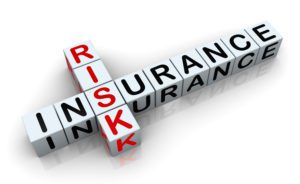As a consumer, you may have noticed that the cost of auto and home insurance rates has been increasing recently. You may be wondering why this is happening, especially if you haven’t made any claims or had any changes in your coverage. In this blog, we will explore some of the factors that are contributing to the increase in auto and home insurance rates.
First and foremost, insurance companies base their rates on risk. The higher the risk of a claim, the higher the insurance rates will be. There are several factors that can increase the risk of claims, including the frequency and severity of natural disasters, increases in the cost of medical care, and changes in driving patterns due to the COVID-19 pandemic.
Natural disasters such as hurricanes, wildfires, and floods have become more frequent and severe in recent years due to climate change. These disasters can cause significant damage to homes and vehicles, resulting in an increase in insurance claims. Insurance companies must factor in the cost of these claims when setting their rates.
Medical costs have also been increasing steadily over the years, and this has a significant impact on auto insurance rates. If you are involved in a car accident, the cost of medical care for any injuries sustained can be astronomical. As medical costs increase, so do the costs associated with auto insurance claims.
The COVID-19 pandemic has also had an impact on auto insurance rates. With many people working from home and avoiding travel, there has been a decrease in the number of accidents on the road. However, there has been an increase in the severity of accidents due to speeding and reckless driving. This has resulted in an increase in the cost of claims, which in turn drives up insurance rates.
In addition to these factors, insurance companies also consider their own financial stability when setting rates. If an insurance company experiences a significant loss due to claims payouts or investment losses, they may need to increase rates to maintain their financial stability.
So, what can you do as a consumer to mitigate the impact of these rate increases? The most important thing you can do is to shop around for the best rates. Different insurance companies have different risk profiles and may offer lower rates based on your individual circumstances. It’s also essential to review your coverage regularly and make sure you’re not paying for coverage you don’t need.
In conclusion, while it’s never welcome news to hear that insurance rates are increasing, it’s essential to understand the factors contributing to these increases. By understanding the risks that insurance companies face, you can better prepare for the future and find the best insurance rates for your individual needs.


